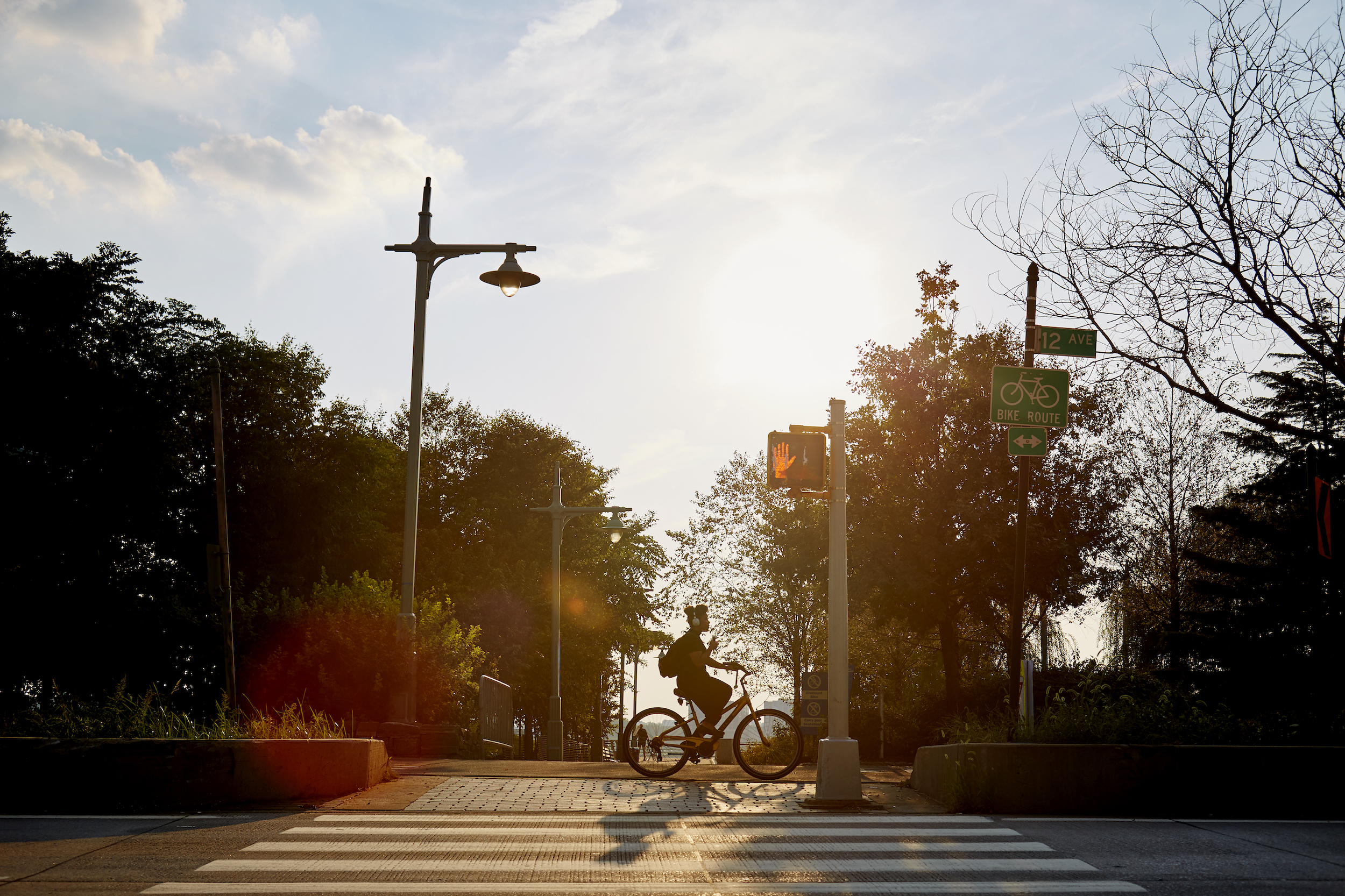United States '40 years' behind Europe on bike infrastructure, report says
League of American Bicyclists aim to give communities tools to build safer streets with new report


The League of American Bicyclists has said that it is committed to "building a movement for great bike networks" with the release of a new report, Benchmarking Bike Reports.
The organisation's findings show the importance of safe cycling infrastructure in order to encourage more cyclists and make the activity less dangerous.
In a press release, the League said: "The United States is 40 years behind peer countries in Europe when it comes to developing bike networks with bike facilities for people of all ages and abilities."
Bill Nesper, the executive director of the League said that the report aimed "to give advocates for better biking another tool to ensure streets in their community are designed in the safest way possible".
Previous studies have shown that a lack of cycling infrastructure is the biggest thing holding people back from completing journeys using bikes.
The US is not the only country that is considering the state of its cycling infrastructure at the moment, with the UK government looking for a Director of Inspections for Active Travel England.
The new report provides definitions and examples of better cycling facilities and a summary of best practices for different street contexts, at different traffic speeds and volumes.
The latest race content, interviews, features, reviews and expert buying guides, direct to your inbox!
Nesper said: “We know the most Bicycle Friendly Communities are ones that have embraced building networks of low-speed streets and context-appropriate bike facilities that create safe, comfortable connections for people.
"Plus, research and the experience of cyclists continue to reinforce that properly implemented bicycle networks with safe bicycling infrastructure is incredibly effective in increasing bicycling levels and decreasing bicyclist deaths.”
There are case studies of five cities: Oakland, Austin and Missoula, which have all been designated Gold-level Bicycle Friendly Communities; and Boston and Chicago, silver-level cities.
These five have seen a rise in bicycle mode share last decade through expanded bike networks and improved bike facilities, according to the League, and so are used as examples.
The report recognises that the concept of "vehicular cycling" , which is defined as "the idea that people biking are safest when they behave like vehicles and share vehicle infrastructure", is outdated.
The authors wrote: "After more than 40 years, places that embraced vehicular cycling in their infrastructure development philosophy had lower rates of bicycling and higher rates of bicyclist deaths.
"This real-world experience reinforces the need to build appropriate and safe bicycling facilities, including separated facilities that do not rely on human behavior for safety."
Ken McLeod, policy director of the League and lead author of the report, said that it was unfortunate that there is not yet state-by-state date on cycling, but the report was a start.
"By analyzing how existing networks were developed, we can help others adopt an approach that’s best for their streets and create safer places to bike throughout communities," he explained.
"We see that every approach to building better bike networks starts with the safest and most protected bicycling facilities, like separated bike lanes, and we hope that current and aspiring Bicycle Friendly Communities everywhere will embrace building more."
US Transport Secretary Pete Buttigieg tweeted last week that there are 3,000 deaths per month on America's roads. $5 billion in grants as well as guidance will be given to states in order to create safer roads as part of President Biden’s infrastructure law.

Adam is Cycling Weekly’s news editor – his greatest love is road racing but as long as he is cycling, he's happy. Before joining CW in 2021 he spent two years writing for Procycling. He's usually out and about on the roads of Bristol and its surrounds.
Before cycling took over his professional life, he covered ecclesiastical matters at the world’s largest Anglican newspaper and politics at Business Insider. Don't ask how that is related to riding bikes.